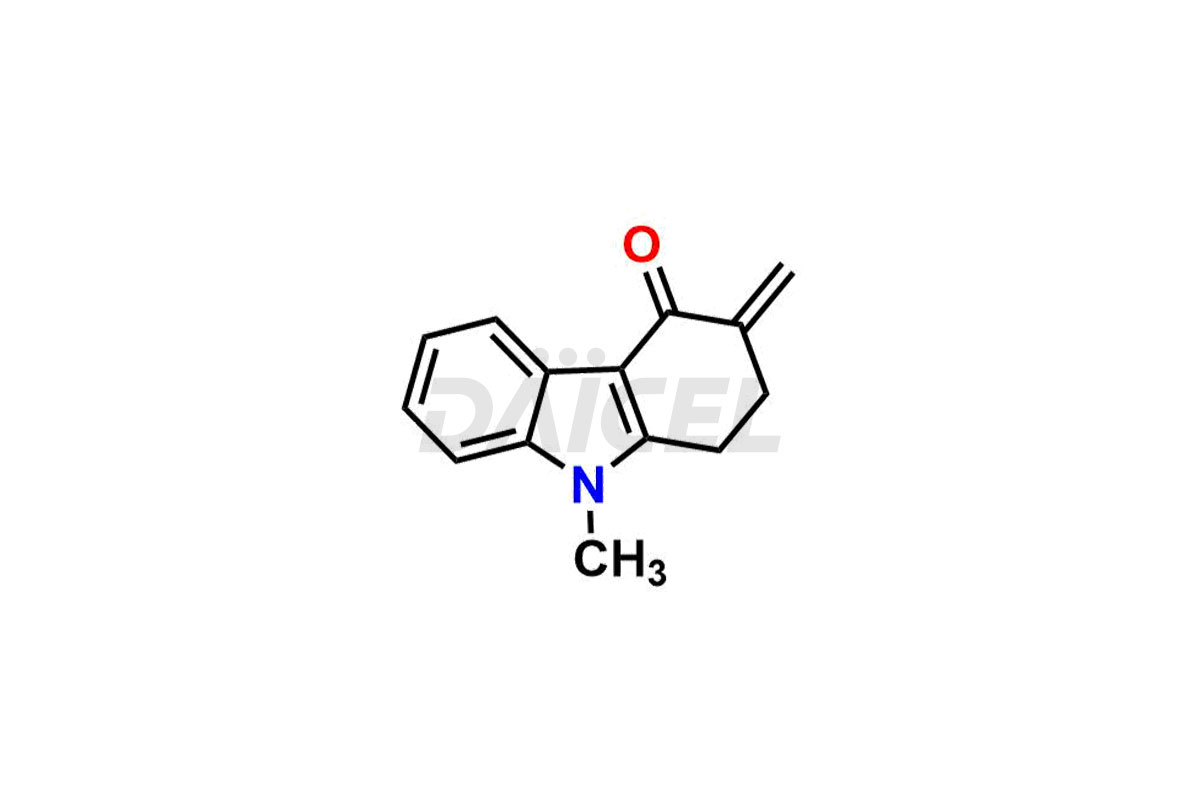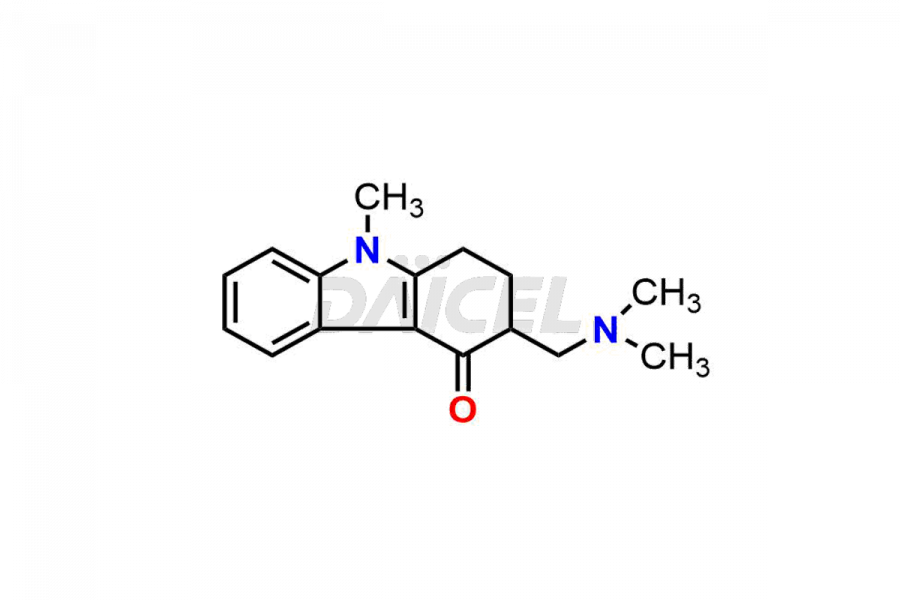Ondansetron
References
- Coates, Ian Harold; Bell, James Angus; Humber, David Cedric; Ewan, George Blanch, 3-Imidazolylmethyl-1,2,3,9-Tetrahydro-4H-Carbazol-4-One Derivatives, Glaxo Group Ltd., United Kingdom, GB2153821B, August 29, 1985
- Venkateshwaran, T. G.; Stewart, J. T.; King, D. T., HPLC determinations of ondansetron with selected medications in 0.9% sodium chloride injection USP, Journal of Liquid Chromatography & Related Technologies, Volume: 19, Issue: 20, Pages: 3355-3367, 1996
Frequently Asked Questions
Can impurities in Ondansetron be eliminated?
For any pharmaceutical product, including Ondansetron, removing all contaminants is difficult. However, manufacturers reduce impurities using improved synthesis procedures, purification methods, and strict quality control. Impurity levels must be below the permitted limits established by regulatory bodies to guarantee the safety and effectiveness of Ondansetron.
What is the significance of analyzing Ondansetron impurities?
It is vital to ensure drug safety, effectiveness, and quality by identifying, measuring, and regulating undesirable chemicals that may harm patients or interfere with Ondansetron's intended therapeutic activity.
How are Ondansetron impurities synthesized?
Ondansetron impurities are synthesized through various mechanisms during manufacturing, storage, and degradation, arising from incomplete reactions, undesired side reactions, or contaminants in starting materials. Controlling and minimizing them is vital for ensuring Ondansetron's quality and purity.
What are the temperature conditions required to store Ondansetron impurities?
Ondansetron Impurities are stored at a regulated room temperature of 2-8°C or as specified on the Certificate of Analysis (CoA).
Note: Products protected by valid patents by a manufacturer are not offered for sale in countries having patent protection. The sale of such products constitutes a patent infringement, and its liability is at the buyer's risk.


